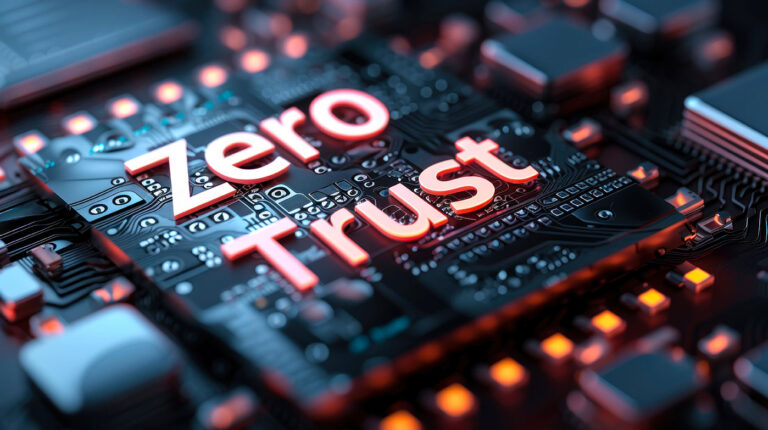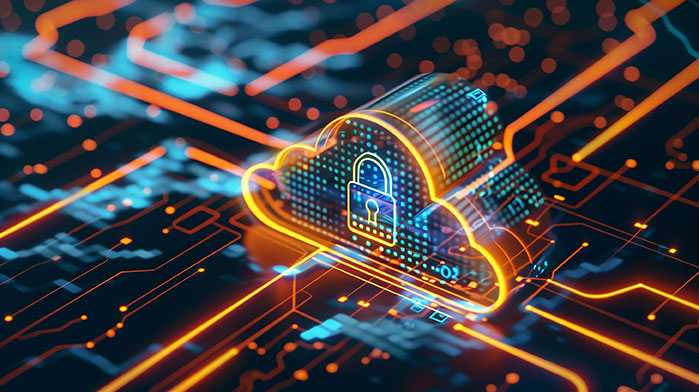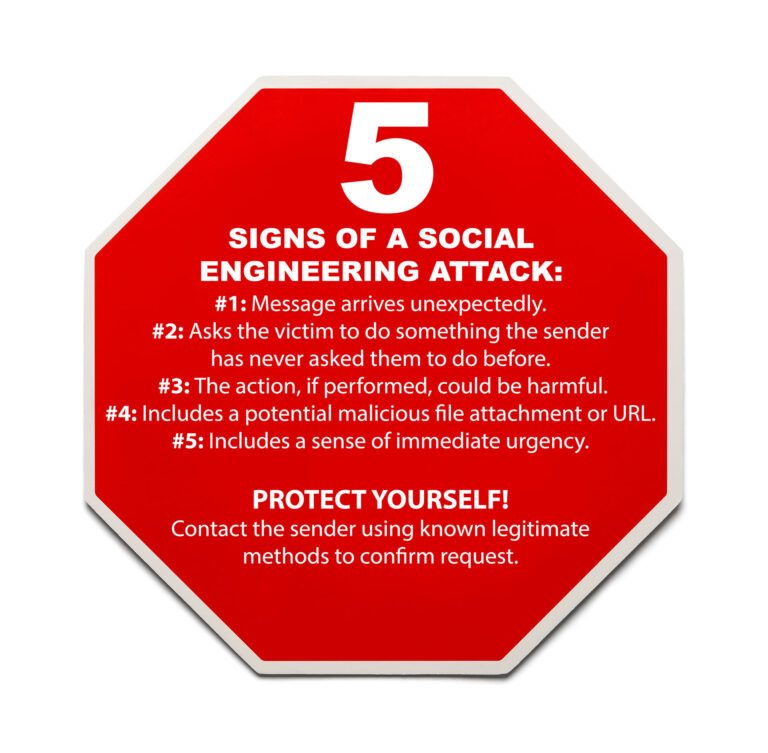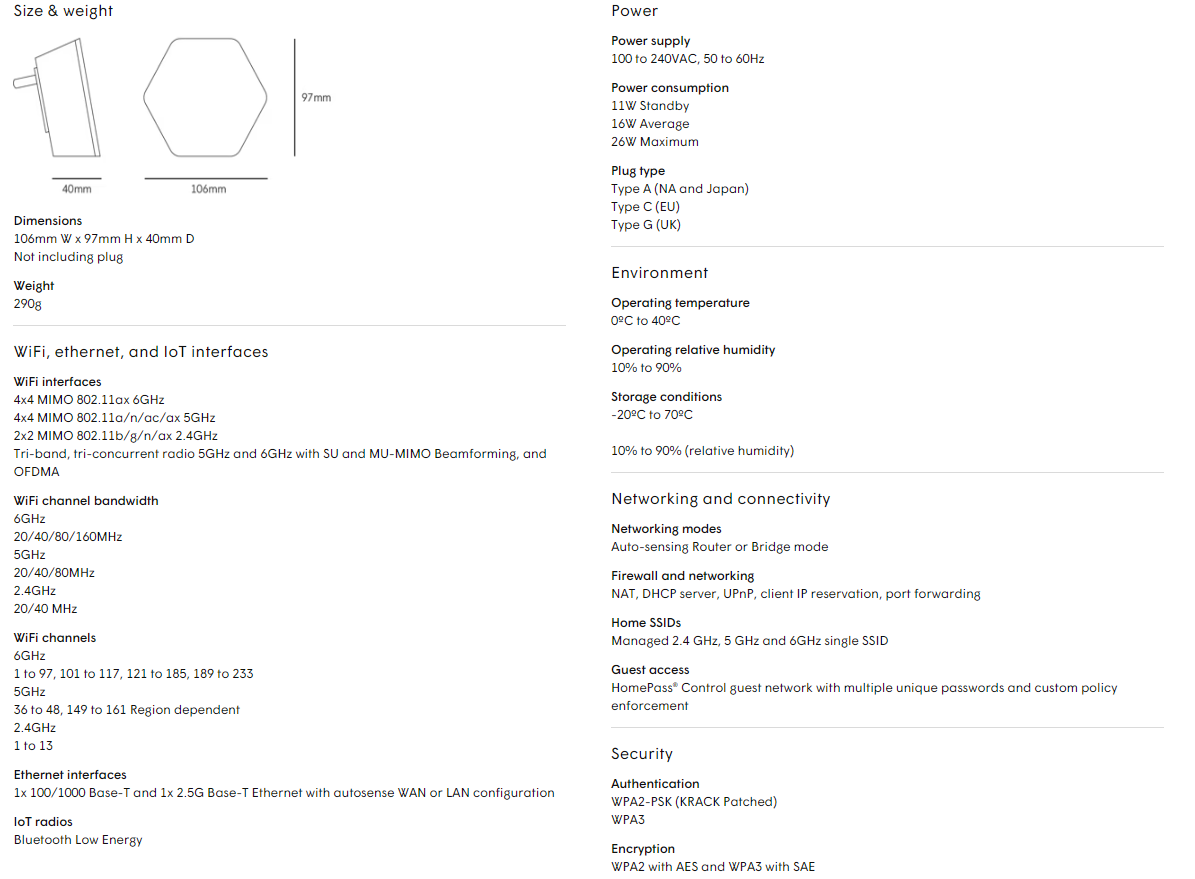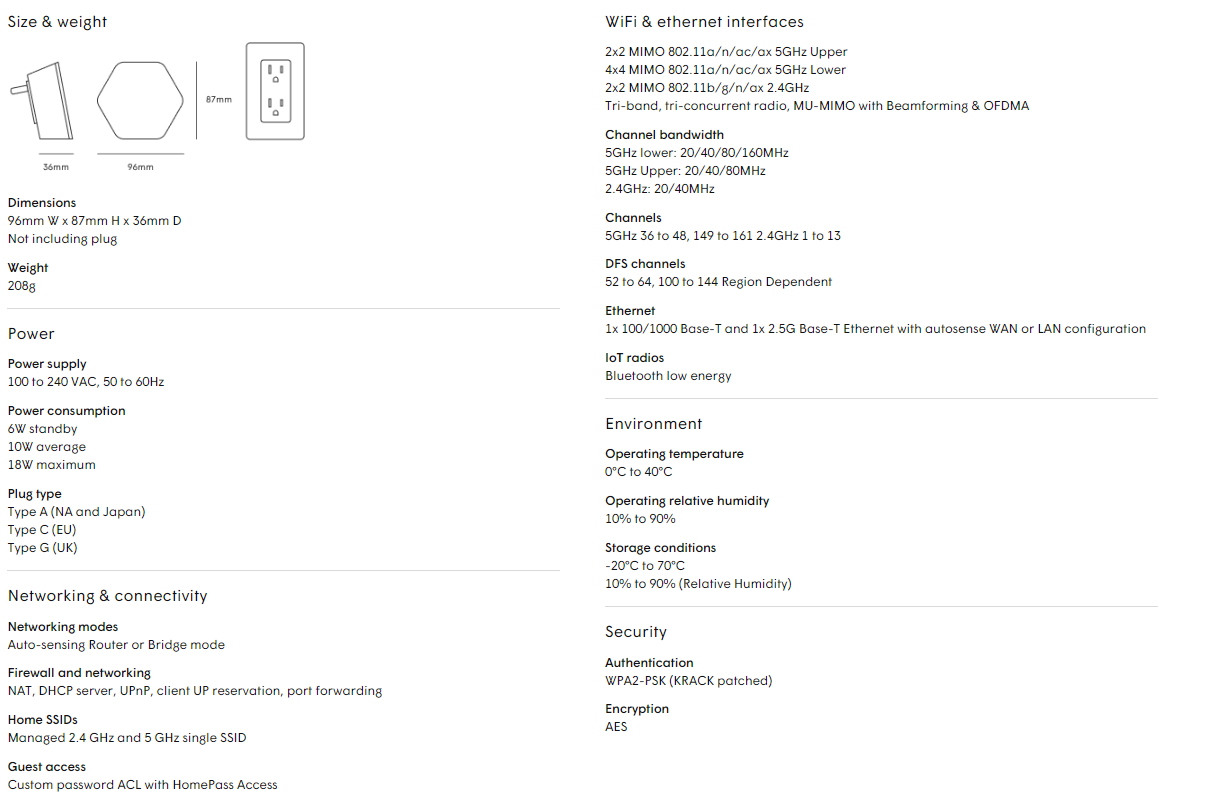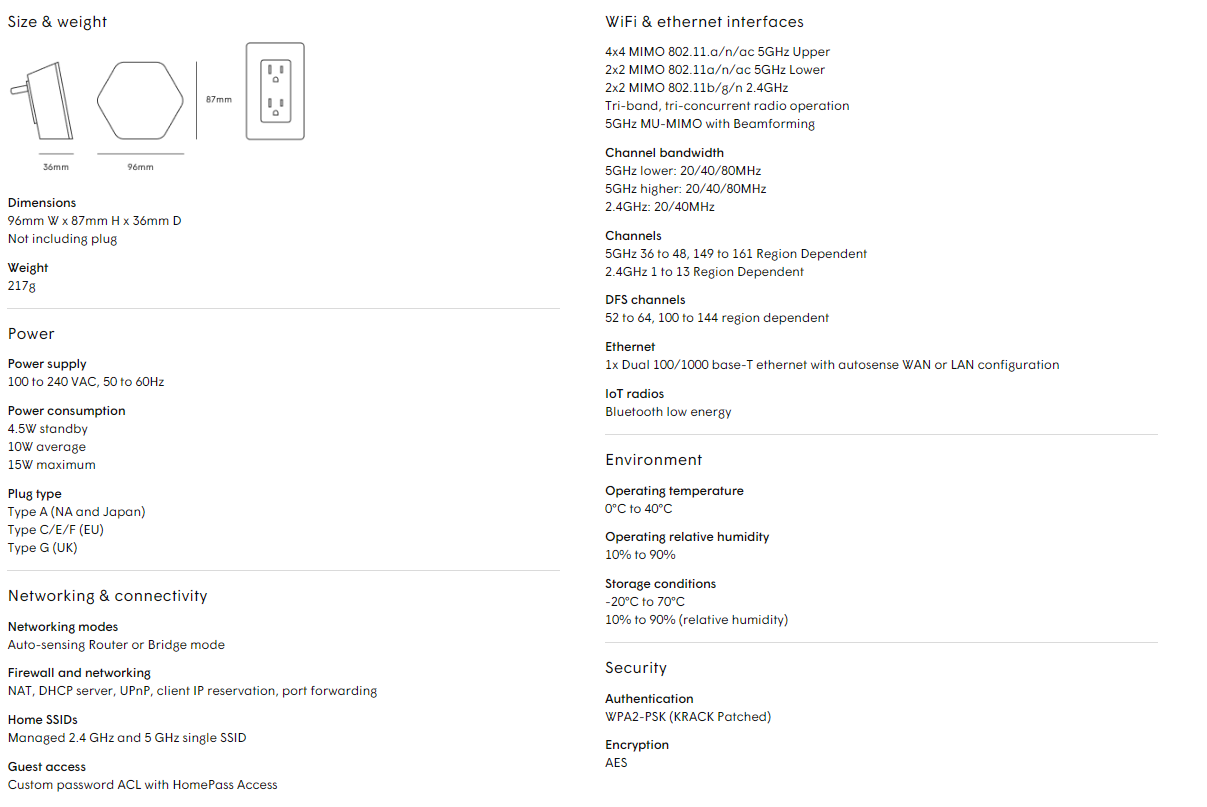The NIST Cybersecurity Framework (CSF) is a set of guidelines for mitigating organizational cybersecurity risks. It is a voluntary framework that can be used by businesses of all sizes to improve their cybersecurity posture.
The NIST Cybersecurity Framework consists of five functions:
1. Identify: Identify assets, threats, and vulnerabilities.
The first step in the NIST Cybersecurity Framework is to identify your assets, threats, and vulnerabilities. This involves understanding what data and systems you have, what threats they are exposed to, and how vulnerable they are to those threats. Once you have a good understanding of your risks, you can start to develop security controls to mitigate them.
2. Protect: Protect assets from threats and vulnerabilities.
The Protect function of the NIST Cybersecurity Framework focuses on implementing security controls to protect your assets from threats. This includes things like implementing firewalls, intrusion detection systems, and data encryption.
3. Detect: Detect security incidents.
The Detect function of the NIST Cybersecurity Framework focuses on detecting security incidents. This includes monitoring your network for suspicious activity and reviewing your logs for signs of intrusion.
4. Respond: Respond to security incidents.
The Respond function of the NIST Cybersecurity Framework focuses on responding to security incidents. This includes things like containing the incident, investigating the incident, and recovering from the incident.
5. Recover: Recover from security incidents.
The Recover function of the NIST Cybersecurity Framework focuses on recovering from security incidents. This includes restoring your data, rebuilding your systems, and notifying your customers and employees.
The NIST Cybersecurity Framework is an important tool for businesses because it can help them to:
- Understand their cybersecurity risks.
- Implement effective security controls.
- Respond to security incidents quickly and effectively.
- Be a valuable tool for businesses that are required to comply with cybersecurity regulations.
Join other smart businesses and meet with Citynet to review your digital environment and how best to protect it from today’s ever-evolving cyber threats. Citynet can help you understand your cybersecurity risks, implement effective security controls, and respond to security incidents quickly and effectively.
Request a free, no-obligation review of your network. Contact us today at 1.844.CITYNET (248.9638) or contact your Citynet Account Executive.


